A cyclist figuring out how to get to Morocco with a bike at the airport.
Planning an epic cycling trip in Morocco is thrilling, but it all begins with a crucial question: how to get to Morocco with your bike? Navigating airlines, ferries, and packing logistics is the first challenge of your adventure. This comprehensive guide cuts through the confusion, providing a clear, step-by-step breakdown of your best options to ensure you and your bike arrive ready to ride.
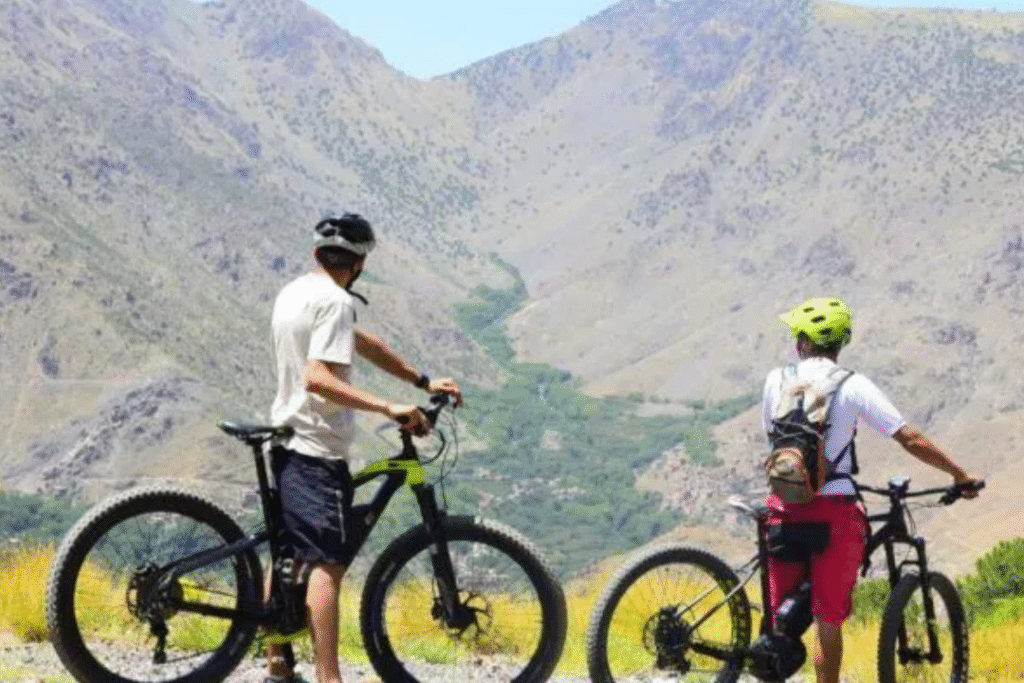
Option 1: Flying with Your Bike (The Global Standard)
For most international travelers, flying is the primary way to solve how to get to Morocco with your bike. The key to a stress-free flight is understanding airline policies.
Decoding Airline Bike Fees & Policies
This is the most critical step. Rules and costs vary significantly. Always check your airline’s official “sports equipment” or “special baggage” policy before you book your flight.
- Royal Air Maroc: As the national carrier, they are generally cyclist-friendly. They classify bikes as special baggage for a fixed fee, which is often reasonable if declared in advance.
- European Budget Airlines (e.g., Ryanair, easyJet): Tread carefully. Their fees can be high (€60-€100 each way) and their size/weight restrictions are very strict. The low ticket price can be misleading once you add the bike.
- Full-Service Airlines (e.g., Air France, Lufthansa): Typically have the most straightforward policies. A bike often counts as one piece of your checked baggage allowance for a set fee.
Pro Tip: When searching for flights, use a spreadsheet to add the bike fee to the ticket price. This reveals the true total cost and helps you find the best deal.
How to Pack Your Bike for a Flight
Airlines mandate that bicycles must be properly packed. You have two main choices:
- Cardboard Bike Box: The most common and affordable method. Get a free box from a local bike shop. You will need to:
- Remove pedals.
- Loosen the stem and rotate the handlebars parallel to the frame.
- Remove the front wheel and secure it to the frame.
- Deflate tires slightly (to prevent explosions from pressure changes).
- Hard-Shell Bike Case: Offers the best protection for your frame and components. It’s reusable but expensive, bulky to store, and often heavier, which could lead to excess baggage fees.
Inside the Box: Use this space wisely! Pack your helmet, shoes, pump, tools, and padded clothing around the bike frame for extra protection and to save space in your other luggage.
Option 2: The Ferry from Europe (The Scenic Route)
If you are traveling from Europe, taking a ferry is a fantastic and often less stressful answer to how to get to Morocco with your bike.
Popular Ferry Routes to Morocco:
- Tarifa to Tangier Ville: The fastest and most popular crossing (approximately 1 hour). It’s a direct route perfect for cyclists.
- Algeciras to Tangier Med: A frequent service with many operators, though the port is further from the city.
- Sète to Tangier: A longer overnight ferry from France.
The Ferry Process with a Bike:
The simplicity is the main advantage. You do not need to box your bike.
- Book: Purchase a foot passenger ticket for yourself online.
- Embark: At the port, you simply wheel your bike onto the ferry. The crew will direct you to a secure area to lean and lock your bike for the journey.
- Disembark: Ride straight off the ferry and into Morocco. It’s a seamless process.
Option 3: The Hassle-Free Alternative – Rent a Bike in Morocco
For many, the question how to get to Morocco with your bike leads to a simpler answer: don’t. Renting a high-quality bike locally can be more economical and far easier.
When you consider airline bike fees (often $150+ round trip), the stress of packing, and the risk of damage or loss, renting a bike from a reputable company like MTB Morocco is a brilliant solution. We offer a fleet of well-maintained mountain, gravel, and touring bikes that are perfectly suited to Moroccan terrain and ready to ride upon your arrival.
[Discover Our Well-Maintained Bike Rental Fleet in Morocco Here!]
Essential Paperwork & Final Checklist
- Passport: Must be valid for at least six months from your entry date.
- Travel Insurance: Non-negotiable. Ensure your policy explicitly covers cycling, medical emergencies, and repatriation.
- Proof of Ownership: A photo of your bike’s serial number or a receipt can help smooth over any rare customs inquiries.
- Tool Kit: Pack a basic toolkit (hex wrenches, pedal wrench, tire levers, pump) in your carry-on to reassemble your bike upon arrival.
Still Have Questions? We’re Here to Help!
Figuring out how to get to Morocco with your bike is just the first step. MTB Morocco is here to support the rest of your journey, from offering expert local advice on routes to providing full-guided tour services and mechanical support.
[Need Help Planning Your Logistics? Contact MTB Morocco for Local Expertise!]
[Prefer to Ride Without the Hassle? Reserve Your Rental Bike Today!]
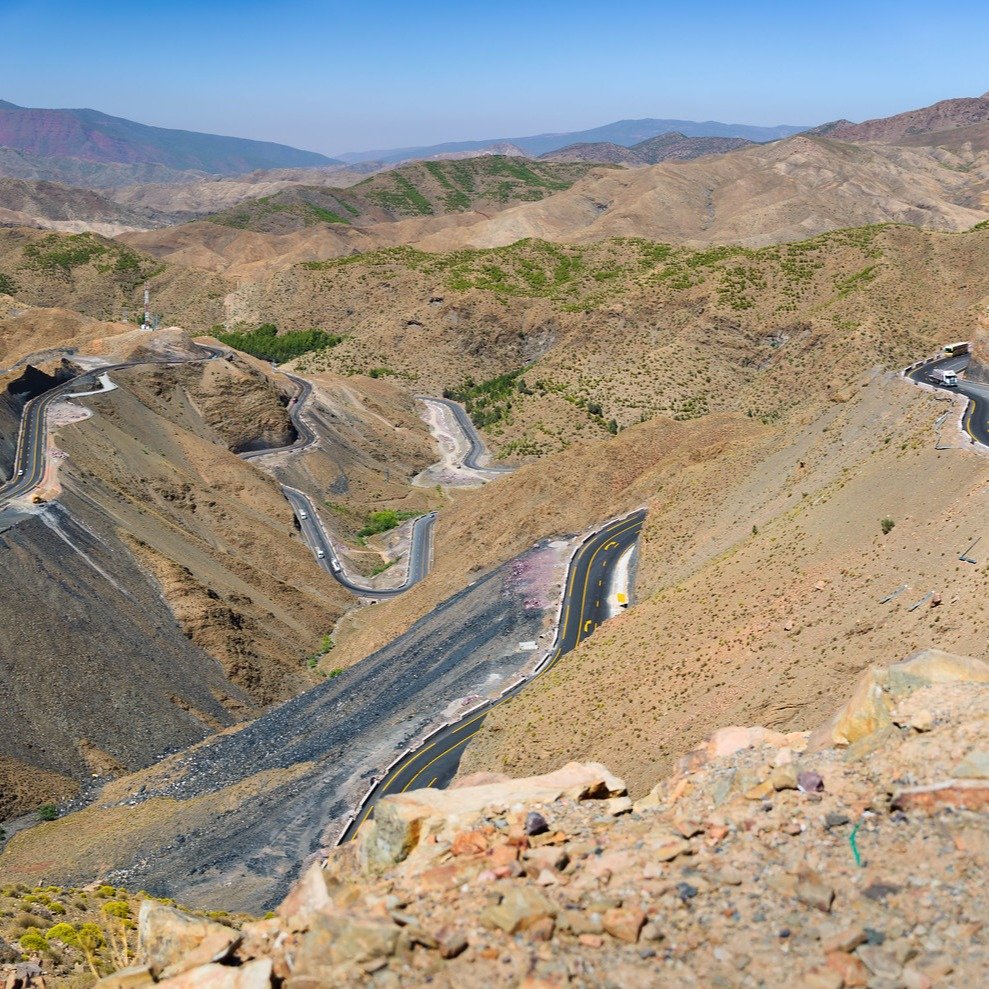
FAQ Section (H2): Your Top Questions on Transporting a Bike to Morocco
Q: What is the cheapest way to get to Morocco with a bike?
A: For European-based cyclists, the ferry is almost always the cheapest option. For those flying long-haul, the cheapest method is to find an airline with the lowest bike fee, even if the ticket price is slightly higher.
Q: Do I need to deflate my bike tires for a flight?
A: Yes, absolutely. The cargo hold is pressurized, but pressure changes can still cause tires to burst. Reduce pressure to around 30-40 PSI to be safe.
Q: Can I just take my bike on the ferry without a box?
A: Yes. This is the biggest benefit of the ferry. You ride it on and ride it off as a normal bicycle. No disassembly or special packaging is required.
External Resource for Readers: For an excellent, constantly updated comparison of airline bike policies worldwide, cyclists trust this page from Cycling UK


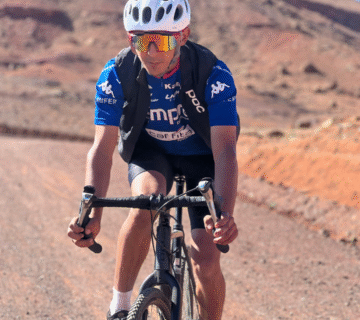
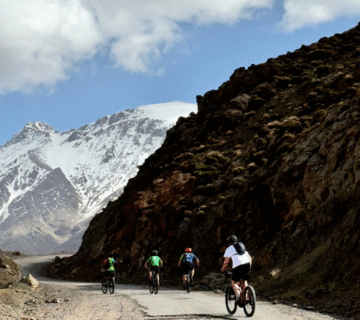
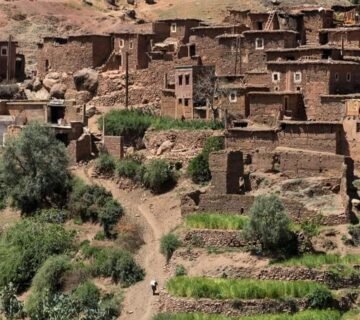
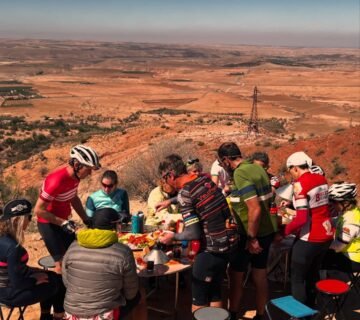

No comment